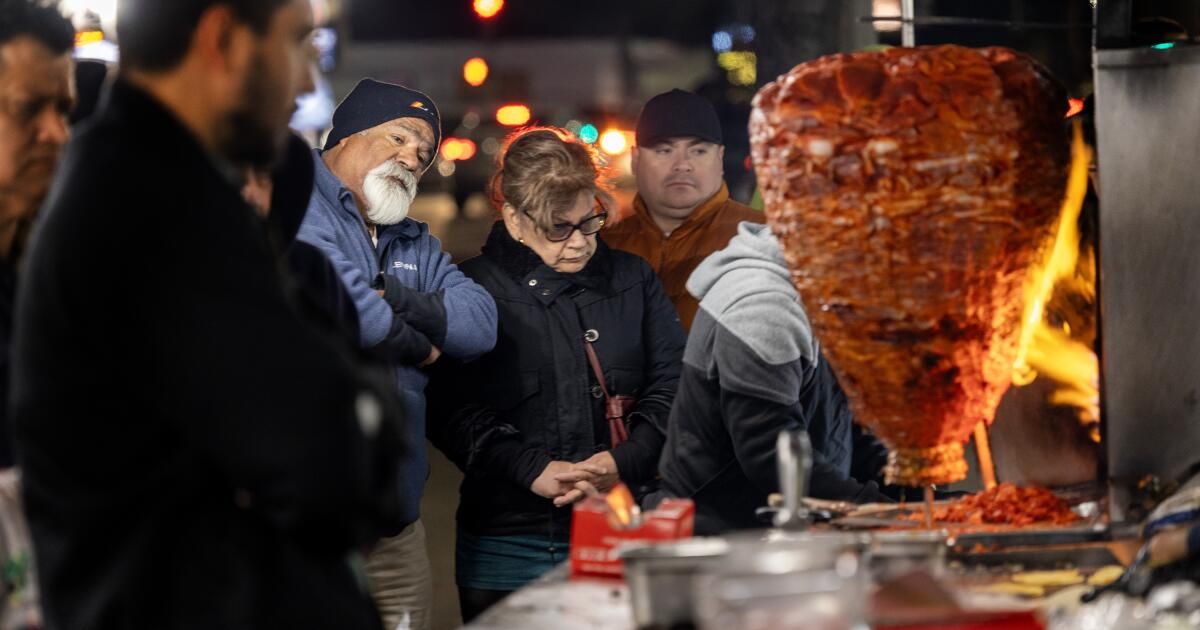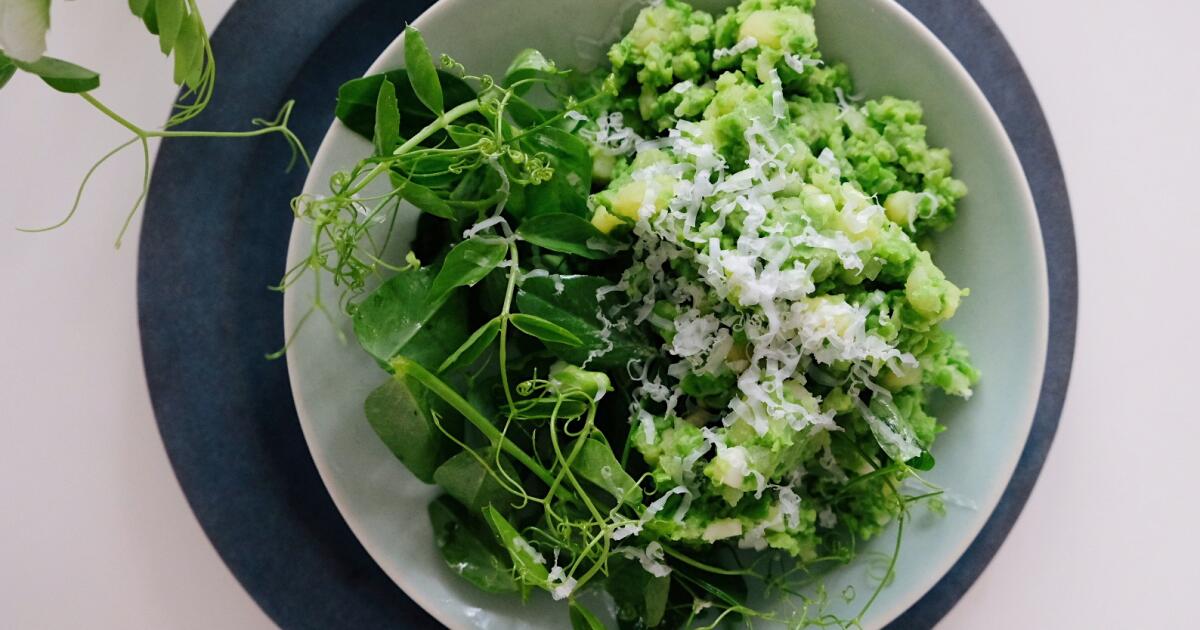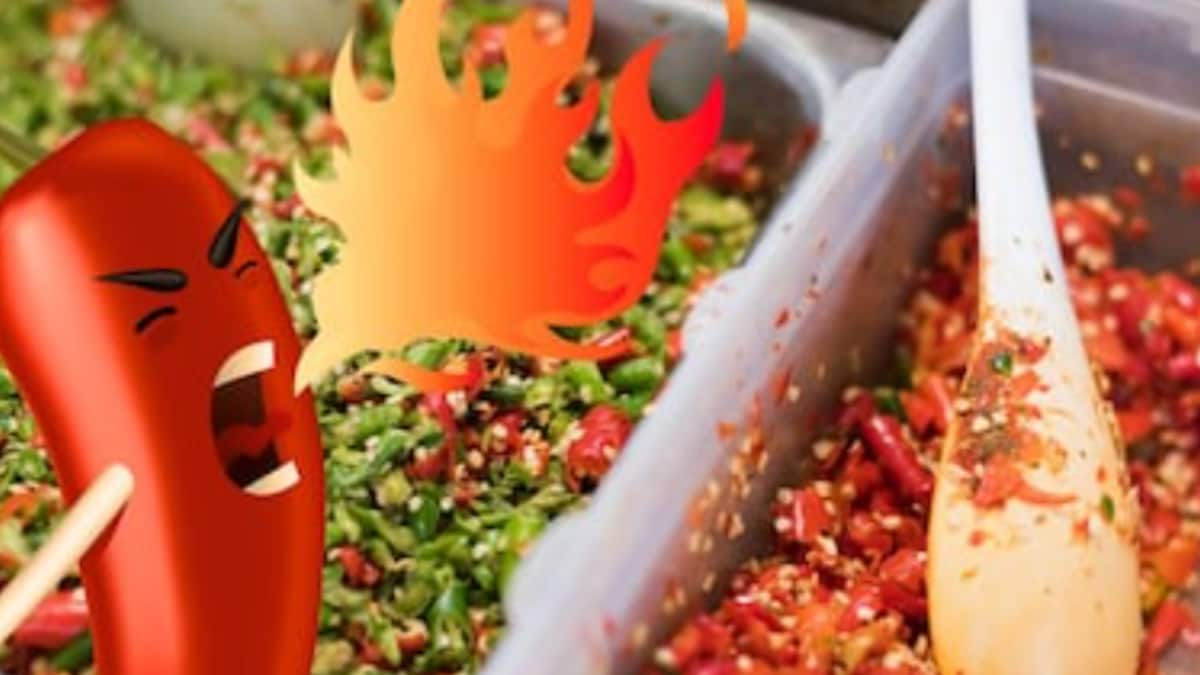It has been known for years that cooking indoors can pollute the air in a home and cause health problems, especially when cooking without proper ventilation.
But a new study found that emissions from cooking can also degrade outdoor air quality.
“If you can smell it, there's a good chance it's affecting air quality,” researchers at the National Oceanic and Atmospheric Administration's Chemical Sciences Laboratory recently wrote about a new study looking at “unrecognized and underappreciated sources of urban air pollution.” “.
Researchers quantified the chemical compounds released when food is cooked (a type of volatile organic compounds, or VOCs) on the busy, restaurant-lined streets of Las Vegas, and found high concentrations similar to the amounts released by gasoline-powered cars.
The researchers found that “on average, 21% of the total mass of human-derived VOCs present in Las Vegas' outdoor air came from cooking activities,” according to the NOAA report.
“Twenty percent comes from the kitchen, and that's about the amount we saw coming from exhaust pipes,” said Matthew Coggon, a NOAA research chemist and lead author of the study. “Basically, cooking involves producing as many volatile organic compounds as there are tailpipe emissions.”
These compounds are important, he said, because they are known to react with nitrogen oxide in the atmosphere to form smog, which decreases air quality. The researchers focused on data from Las Vegas, but also included tests in Los Angeles and Boulder, Co., according to the study, which was published last month in Atmospheric Chemistry and Physics.
“We are measuring half of the, so to speak, 'recipe' for smog formation,” Coggon said. “It's an important part”.
As cars have gotten cleaner in recent decades, Coggon and his team have been working to track other contributors to poor air quality, which eventually lead to emissions from cooking.
“You can choose [the aroma] wake up and know, 'Oh, that's a grill cooking,'” Coggon said. “But we've never been able to quantify the volatile organic compounds that come from that.”
Until now, that is. The study found similar levels of these cooking emissions surrounding dense restaurant areas to those found in laboratory cooking studies. And extrapolating from the more limited data set collected in Los Angeles, Coggon said she expects to see similar rates of reactive compounds in Angelenos' air.
But there is a big caveat to the study, Coggon said, and that is that researchers are still not sure how often these compounds undergo the reactions necessary to form ozone or particles, which can be very harmful to human health.
However, he said, it's a safe assumption because researchers know these compounds are very reactive. “So if something is very reactive, we expect it to be a precursor to ozone.”
Coggon said research is being done to understand the full effect of these compounds.
However, every step that helps better explain the effect of cooking emissions on the atmosphere is important, he said, so that air quality regulators and policymakers can have a more accurate picture of what is happening. driving air pollution.
Currently, “models drastically underestimate the amount of baking in the atmosphere,” he said. “Now we can make more informed decisions.”












